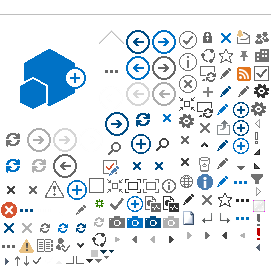The burden of increased costs caused by uninsured drivers is ultimately shouldered by insured drivers. Here are three tips for agents to help their customers protect themselves.
A greater number of Americans are getting behind the wheel without auto insurance, raising costs for all drivers across the country, according to Mercury Insurance.
In 2023, more than 1 in 7 drivers across the country (15.4%) were uninsured, an increase of 3% over the last six years, according to a February report from the Insurance Research Council (IRC). The increasing frequency of uninsured drivers strains insurance companies financially.
When insurers are forced to cover the costs of accidents caused by uninsured drivers, expenses increase. The burden of these increased costs is then passed on to the consumer—meaning that insured drivers must shoulder the burden.
“The reality is we all bear the burden for motorists who drive without auto insurance and it's tough on both the insurer and insured," said Kevin Quinn, vice president of auto claims for Mercury Insurance. “We understand that affordability is a problem, but driving without insurance not only creates a significant liability for the driver, it also exacerbates the affordability problem for everyone."
Here are four ways uninsured drivers impact insurance rates:
1) Increased risks for insurers. When a significant number of drivers are uninsured, it raises the risks for insurance companies, as they may need to pay out more in claims for accidents involving uninsured motorists.
2) Higher premiums for insured drivers. To offset the increased risks, insurance companies raise premiums for all insured drivers, even if they have a clean driving record.
3) Impact on uninsured motorist coverage. While most states require uninsured motorist coverage, which protects insured drivers in accidents with uninsured motorists, frequent claims against uninsured drivers can still lead to higher premiums for everyone.
4) Increased future premiums for uninsured drivers. If an individual is caught driving without insurance, their future insurance rates will likely be significantly higher because they are considered a high-risk driver.
Independent insurance agents should encourage their personal auto policy clients to protect themselves from uninsured drivers. Here are three tips for agents to help their customers:
1) Make sure clients have uninsured/underinsured (UM/UIM) motorist coverage: If UM/UIM motorist coverage is not already included in a driver's policy, they should consider adding it. If the client already has UM/UIM because it is required by state law, it would be advisable to review the policy's coverage limits.
2) Consider offering an umbrella policy. Causing a car accident can mean big expenses, and having an umbrella policy can offer added peace of mind. An umbrella policy provides added liability coverage when the policy limits associated with car insurance are not high enough to cover the damage. However, verify whether an umbrella policy covers uninsured drivers, as some policies do not.
3) Encourage safe driving habits: The best way to avoid dealing with an uninsured motorist is to avoid an accident in the first place. Eliminate driving distractions and stay alert behind the wheel.
“Auto insurance is not just a legal requirement—it's a safety net that protects you, your passengers and others on the road from the unpredictable risks of driving," Quinn says. “If affordability is a concern, there are several discounts and strategies that consumers can take advantage of to help reduce costs."
AnneMarie McPherson Spears is IA news editor.
